Threatened by a rumor that a landslide may engulf his home, an elderly man becomes obsessed with a drive to preserve his knowledge for posterity. As he plasters his walls with pages torn out of the encyclopedia and his own personal taxonomies, he marvels that such a wealth of knowledge could have been accumulated in the Holocene, the 11,000-year era that encompasses all of written history. This is Max Frisch’s 1979 novela Man in the Holocene, and the inspiration for João Ribas’ “In The Holocene,” installed at the List Visual Art Center at MIT in 2012.
Central to “In The Holocene” was a conscious setting of art and science on equal footing as methods of inquiry. Though their methods and conclusions are in some ways fundamentally incompatible, they both have the goal of describing the world. But a dark question looms over both the exhibition and the novela that inspired it. What will the record of humanity become when the rushing Holocene has run its course?
“In The Holocene” presented its record in the form of visual art and historic objects, depicting the past 100 years of information gathering and dissemination. Some of these relics were made with a genuine intention to teach—a set of building blocks created by 19th-century educator Friedrich Fröbel falls into this category. Others, like an original edition of Alfred Jarry’s Elements of Pataphysics, seem to mock the practice of scientific inquiry entirely. In the book, the wondrous Dr. Faustroll sails above, into, and beyond Paris in a flying copper skiff, exploring strange islands of un-reality. Another piece from the exhibition: Trevor Paglen’s “The Clarke Belt,” a time-elapsed photo print of the night sky awash in the white slashes of artificial satellites stuck in geosynchronous orbit, where they will remain until the Earth is consumed by the Sun. Like Dr. Faustroll, they’ll one day sail above an imagined world, one in which the last records of our existence will have lost their meaning.
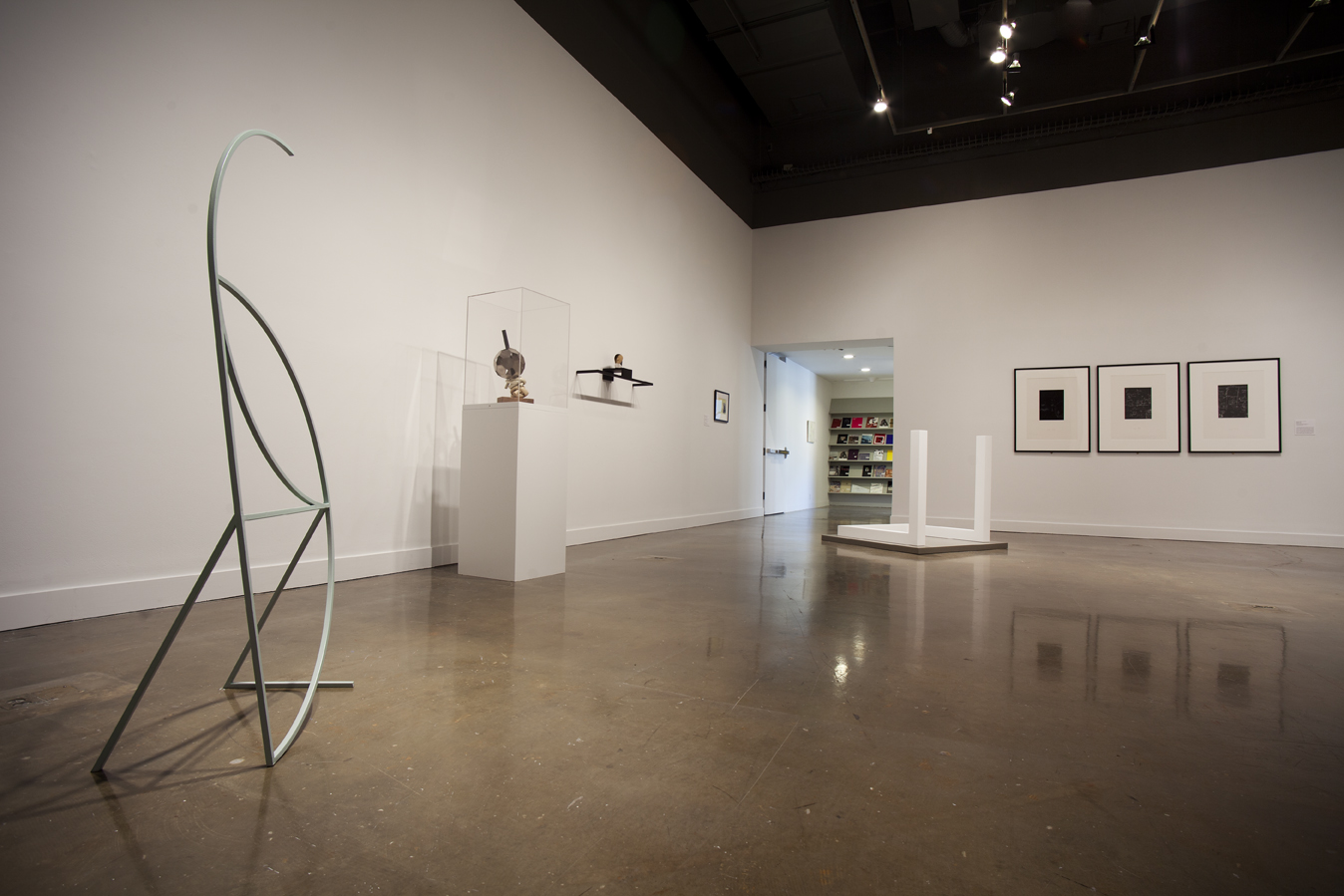
“In the Holocene,” MIT List Visual Arts Center
The collection’s historical art pieces demonstrated how scientific developments are reflected in contemporary art. Georges Vantongerloo’s 1951 painting “Formation de la Matiere” depicts the atom in spirals of particulation that evoke a state of constant vibration and flux. Robert Barry’s “Electromagnetic Energy Field” is an early example of the artist’s work in invisible, yet measurable media.
In the 2009 video “Aesthetics as a Way of Survival,” Germaine Kruip introduces the viewer to the mating rituals of the bowerbird. The male of the species constructs elaborate, colorful, structures to attract the female. Art, then, is not just influenced by scientific discoveries. It can be found in the natural world, created by a bird for whom “survival of the fittest” means becoming a better artist. Art can be the discovery scientists are searching for.
Ribas is drawn to the pull on the strings that connect art and science because he ultimately sees them as participating in the same human project. “Divergent as they may first appear,” he writes, “both art and science share an interest in disruptive insights—in curiosity and wonder—yet are subject to differing logics, principles of reasoning, and conclusions.” Crucially, he sees art as investigative and experimental, and inquiring into the very same subjects that drive scientists: matter, entropy, time, and perception, to name a few.
The two disciplines share something else in common. Art and science are fundamentally concerned with media, those through which they interact with the world, and those through which they communicate their discoveries.
For the artist, the medium can set the parameters of the piece, and act as both an obstacle and a path from idea to execution. For the scientist, the medium plays a similar role. The means through which information is transferred does not just determine the information available, it also shapes the information that it conveys.
Heisenberg’s uncertainty principle demonstrates the influence of medium at the most elementary scale. It states that the more precisely the location of a particle is known, the less precisely its momentum can be known. Any interaction between quantum objects and classical objects evokes the uncertainty principle, meaning that imprecision is not a reflection of current technology, but rather a fundamental feature of the universe. The medium through which we gather data on the quantum world is not an imperfect funnel, it is part and parcel with a basic law of the universe.
In the arts, we find pieces in which modern media plays an elemental role. In “Kulturgeschichte 1880–1983” by the late Hanne Darboven (whose “Tagesrechnung” was featured in “In The Holocene”), a wall of Der Spiegel covers tells the story pre-war Germany to Cold War Germany through the lens of its own media. The scientific community has also found a way to transform the media itself into a tool of inquiry. Crowdsourcing efforts such as The Polymath Project find answers by putting them to the public, and citizen science initiatives such as those found on Zooniverse allow anyone to participate in data-gathering projects.
Science and art will continue to advance our objective and subjective understanding of the world. That is their purpose. Thanks to innovations in media technology, the sense of understanding that they impart can reach its intended audience at (virtually) any time, from (virtually) any access point. Science programs on Netflix, such as Cosmos or Storybots, are always available to hungry minds, and the relative freedom of the web gives artists and creators easy reach to audiences that might be inaccessible to old media.
Still, as one thinks of those communications whizzing above our heads from distant, hanging satellites, one can’t help but remember the Clarke Belt. When the Holocene is finished and humanity no longer walks the Earth, a ring of our satellites will remain trapped in geostationary orbit, forever. Will they echo with our lost understanding? Will they ever be deciphered? If they are or if they aren’t—either way, so what? For whom are we plastering our walls with the knowledge that we’ve accumulated?
But then again, perhaps our works aren’t for posterity, or aren’t only for posterity. Perhaps art and science are themselves as natural as the stones and the winds that they depict. Maybe we are a bit like the bowerbird, creating as a natural expression of our existence. Sometimes irreverent and sometimes sincere, “In The Holocene” is a reassurance that whatever storm tears down our bower tomorrow, we will have played our natural role today.
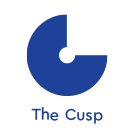
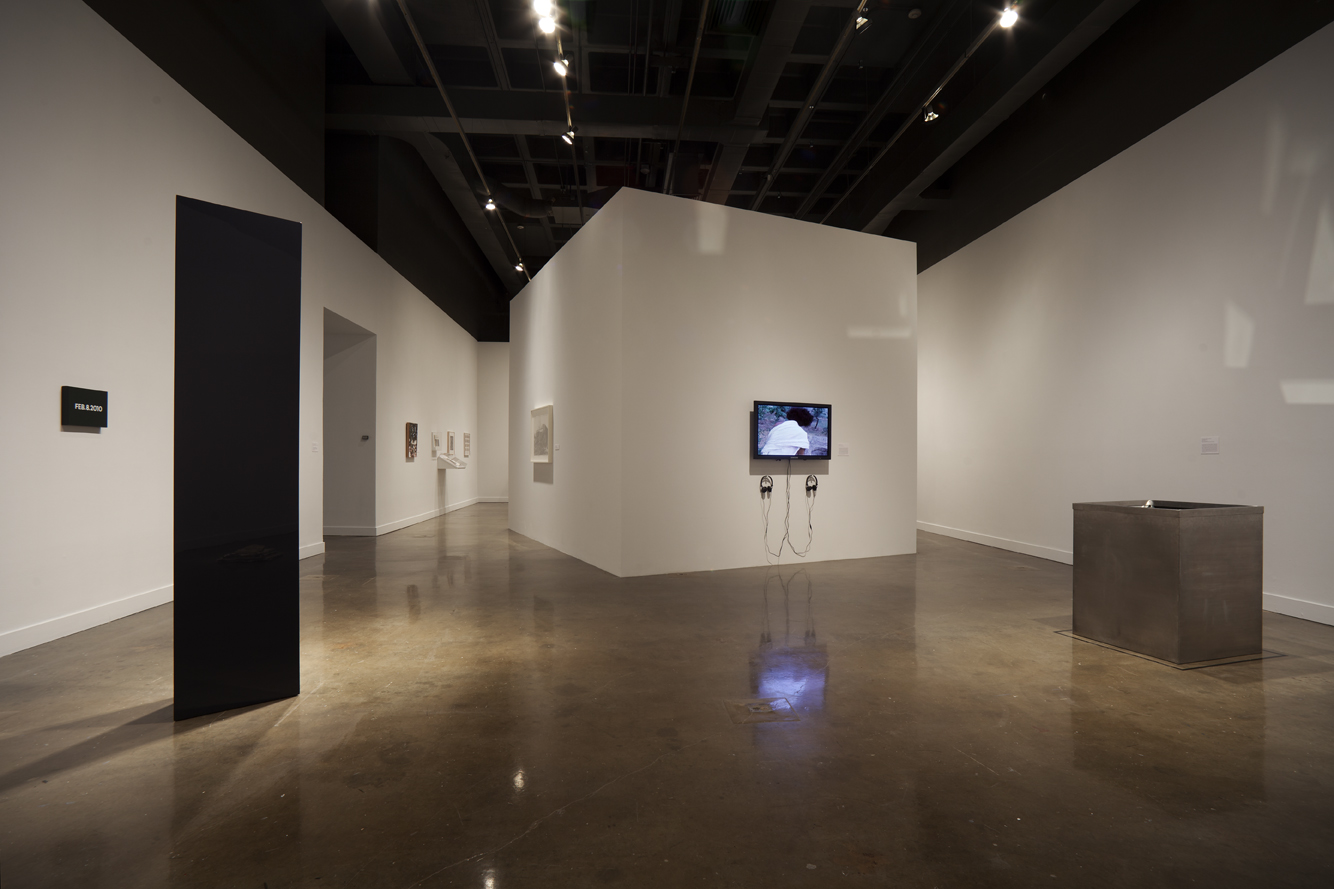
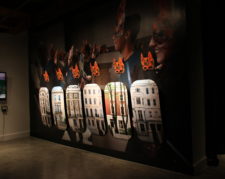

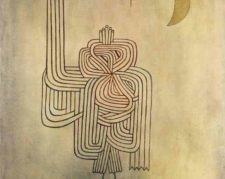
Leave a Reply